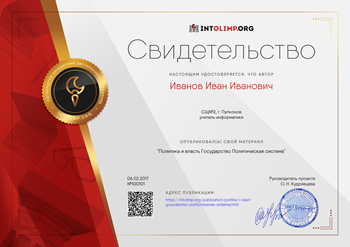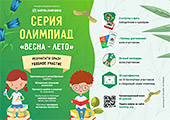| Lesson: The world around us | School: №6 | |||||||||
| Date: |
| Teacher name: | ||||||||
| Grade: | 2 | Number present: | absent: 0 | |||||||
| Theme of the lesson: Where’s it from | ||||||||||
| Learning objectives(s) | 2.L5 identify missing phonemes in incomplete words 2.S3 use a limited range of basic words, phrases and short sentences to describe objects, activities and classroom routines | |||||||||
| Lesson objectives | All learners will be able to:
| |||||||||
| Assessment criteria | Students will be able to: Read and follow words, phrases and sentences with considerable support | |||||||||
| Value links | Values are instilled through the tasks on work as a whole group listening with respect and following the directions and instructions | |||||||||
| Cross curricular links | World science | |||||||||
| ICT skills | PPT | |||||||||
| Previous learning | The world around us (Reading Signs) | |||||||||
| Plan | ||||||||||
| Planned timings | Planned activities
| Resources | ||||||||
| Beginning 5 min | ORGANIZATIONAL MOMENT Hello, hello, hello to you! Hello, hello, I am glad to see you! WARMING UP Pupils singing “Hello” |
| ||||||||
| Middle 30 min | Activity 4 (D) Teacher introduces names of countries e.g. China Russia Mexico Germany. (I) Learners are given a table to complete. Countries on the left and nationality/adjective to complete on the right. Learners listen to the name of the country followed by a nationality word e.g. China Chin_ _ _ Canada Canad_ _ _ Teacher then nominates individual learners to come to the board to write them. Keep flashcards with endings so you can flash them for learners to correct words where they make mistakes. Read out simple statements e.g. Hi, I’m Tom ... from New York … I speak English. Accept country or nationality answer as correct. Activity 5 (I) Listening to children saying their names and capital city and other clues. Learners guess and tick the nationality. Plenary (G) Projected image quiz. Teacher projects images [flags, objects e.g. hats buildings, names of cities etc.] Learners call out nationalities. First correct answer wins a point for a team.
|
Worksheet 2 | ||||||||
| End 5 mins | Learners give feedback to each other. This might be done in oral form. Learners reflect on their learning:
|
| ||||||||
| Additional information | ||||||||||
| Differentiation – how do you plan to give more support? How do you plan to challenge the more able learners?
| Assessment – how are you planning to check learners’ learning?
| Health and safety check | ||||||||
| Support for weaker students: working in pairs, phrases Challenges for more able students: Encouraged to do more writing; assist weaker students. | Peer assessment (group work) Checking the task (work on worksheets) Feedback on the work (teacher assessment) | Learners are introduced with different countries with the video (only 5-7 mins), learners develop their physical training with short songs and movements.
| ||||||||
| Reflection
Were the lesson objectives/learning objectives realistic? Did all learners achieve the LO? If not, why? Did my planned differentiation work well? Did I stick to timings? What changes did I make from my plan and why?
| Use the space below to reflect on your lesson. Answer the most relevant questions from the box on the left about your lesson. | |||||||||
|
| ||||||||||
| Summary evaluation
What two things went really well (consider both teaching and learning)? 1:
2:
What two things would have improved the lesson (consider both teaching and learning)? 1:
2:
What have I learned from this lesson about the class or achievements/difficulties of individuals that will inform my next lesson?
| ||||||||||







